What to see and visit in Arquà Petrarca? The medieval village, one of Italy's Most Beautiful Villages, unfolds placidly at the foot of Mount Piccolo and Mount Ventolone. Without a doubt, it is a must-see for all travelers to the Euganean Hills spa area.
Like a jewel in the crown of this undulating area covered with woods and vineyards, Arquà Petrarca immediately invites its visitor to take a slow walk. Already from its location, on the edge of the most important crossroads, the Euganean village, where it seems that time has somehow stopped, requires that one leave one's vehicle in the valley and continue the visit on foot.
The view from the top is unparalleled and repays any effort. It is toward this beautiful view of the valley and the Euganean Hills that we invite you now, to discover all the things to see in Arquà Petrarca.
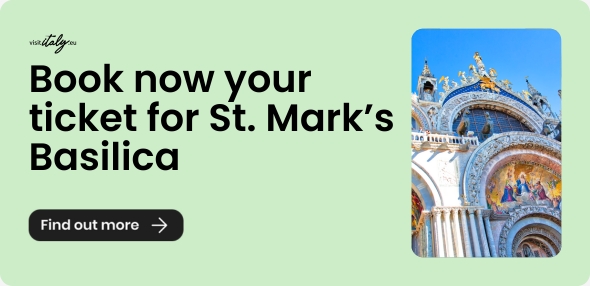
What to see and visit in Arquà Petrarca: magnificent views, museum and poet's houses
The small village in the province of Padua, in 2017 won the title of Borgo dei Borghi (the best hamlet in Italy) during a popular Italian TV program called Kilimangiaro. Yet despite being brought into the limelight several times, Arquà Petrarca maintains its spirit as a place firmly anchored in the traditions of its land and the rhythm of its natural surroundings.
The village is perfect for a Sunday stroll, for a moment of refreshment between hikes or as a stop on a delicious food and wine tour. Yet, Arquà Petrarca really has many reasons to visit, starting with why it is so named.
So let's discover here the reasons for coming to discover Arquà.
A walk through the historical centre of Arquà
One of the first reasons to come here is certainly to get lost in the narrow streets of the center.
In fact, Arquà followed the fortunes of much of the Veneto region, until the first signs of a village were built within the fortification of Monte Castello in the Middle Ages. Even then, Arquà was divided into the village in the valley and the one on the hill, giving rise to the Borgo di Sopra (Upper Village) and the Borgo di Sotto (Low Village) that can be seen today. This totally sloping conformation gives charm to the medieval village but can also be difficult for those traveling with strollers or other supports. It might therefore be a good idea to park in the upper part of the village, visit it, and then drive to the lower part (or vice versa).
In any case, in the 14th century, during a war between the Carraresi (Lords of Padua) and Scaligeri (Lords of Verona), the fortress of Arquà was destroyed. However, it was also the time when one of the greatest Italian poets of the time came to the village, changing its fortunes forever... About this, however, we will talk later.
What to visit in the Lower part of Arquà Petrarca
The lower part of Arquà (Borgo di Sotto) is developed around the majestic Church of Santa Maria Assunta.
It is mentioned as early as around the Year One Thousand when it appears to have had an abandoned porch, which today has disappeared. It was restored around the seventeenth century, giving it the Romanesque appearance it still retains today. With the latest restorations during the last century, an interesting cycle of frescoes from the post-Giottesque period was found. One can therefore imagine what the church must have looked like when Petrarch's funeral was held in 1374.
He was initially buried right inside the church, only to be moved inside a marble tomb. Such a tomb, which echoes the great classical tombs as well as that of the mythical Antenor in Padua, is located right next to the church in an elevated position.
A curiosity? The skull found in the tomb is not Petrarch's, but that of a woman....
What to visit in the Upper part of Arquà Petrarca
Most of the notable monuments are located right in the upper part of Arquà, where the castle once stood.
Going up the cobbled Via Roma, one reaches places such as the Oratorio della Santissima Trinità (Oratory of the Holy Trinity) and the Loggia dei Vicari, but also the War Memorial and the famous House of Petrarch, now a museum.
Adjacent to them, but of quite different function, are the Oratory and the Loggia. The Oratory, probably erected well before the 13th century, is a small church of Romanesque layout with one nave, much loved by Petrarch, who resided nearby. The Loggia dei Vicari, on the other hand, a place used for discussions and meetings, is now remodeled by an interesting 2003 intervention. In fact, the roofing that had been removed for centuries was put back on using glass supports that are truly impactful.
If you go a little further towards Via Valleselle, you reach the symbolic place of Arquà and to which we devote a separate chapter.
The House of Petrarca, now an incredible Museum
The name of the town probably derives from the Latin arquata montium, or 'arch of mountains,' because of its particular location among the hills. What gave fame to this town, however, was Francesco Petrarca himself, who lived here at the end of the 14th century and it was here, as we have seen, that he was buried.
What to see, however, of the poet's passage to Arquà Petrarca? Undoubtedly the tomb, as we have seen. What is an even more interesting pilgrimage destination, however, is his own house. Magnificently preserved, it was donated by Francesco il Vecchio da Carrara, Lord of Padua, to the poet in 1369.
And it was Petrarch himself who presided over the renovations of the house, which by that time was already a century old. When the Paduan nobleman Pietro Paolo Valdezocco became the owner of the house in the 16th century, the house was decorated with scenes from Petrarch's works. The very ones we can admire today by coming here on a visit.
Dating from Petrarch's time there seems to be the small study, with the chair and bookcase, perhaps original. In any case, a visit to this place is certainly a breath of history and inspiration, enhanced by the magnificent view of the valley.
And if there are never enough views, one can always continue one's visit to Arquà. Passing the Town Hall and walking along Via Castello, you will in fact find the War Memorial at the center of a very green meadow.
The visit to the village is not over, however, if you do not stop to taste some local specialties, perhaps in one of its restaurants with breathtaking views of the surroundings.
What to eat in Arquà Petrarca: wine, cheese and...
Those who come to the Euganean Hills know that there is good food. In restaurants, farm houses, taverns and wine bars, the offerings of cheeses and cured meats and, above all, of local wines flourish. Right through here, in fact, passes the famous Wine Road of the Euganean Hills and therefore you cannot leave here without tasting something. Perhaps a great Rosso dei Colli?
In Arquà, however, there is another specialty, and it is typical only of this village. It is the jujube, which is exalted here and offered in countless different forms, so much so that it has a dedicated Festival in early October. Among the various ways in which it is possible to taste this fruit, the most famous is certainly the Brodo di Giuggiole (Jujube Broth), in truth a delicious liqueur. Throughout this area, however, it is possible to taste all kinds of liqueurs, often made using local medicinal herbs.
This village, surrounded by greenery, can be a stop on a journey to discover the countless Veneto art cities or the most beautiful hamlets of the region. Although it is a tiny hamlet, Arquà Petrarca encompasses several exciting stops. And if the climb up to Borgo di Sopra will have been too strenuous, why not relax in the nearby spa area of Montegrotto, Abano and Galzignano?
About the author
Written on 03/09/2022

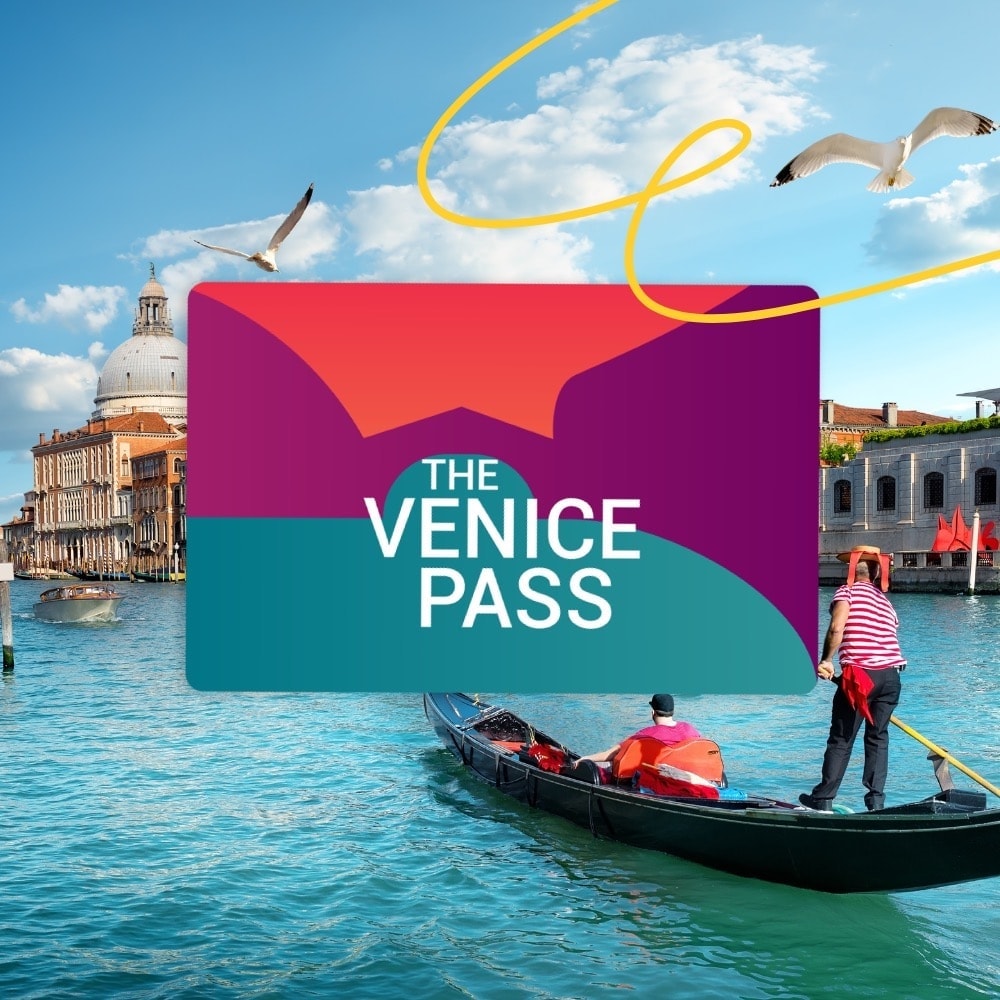
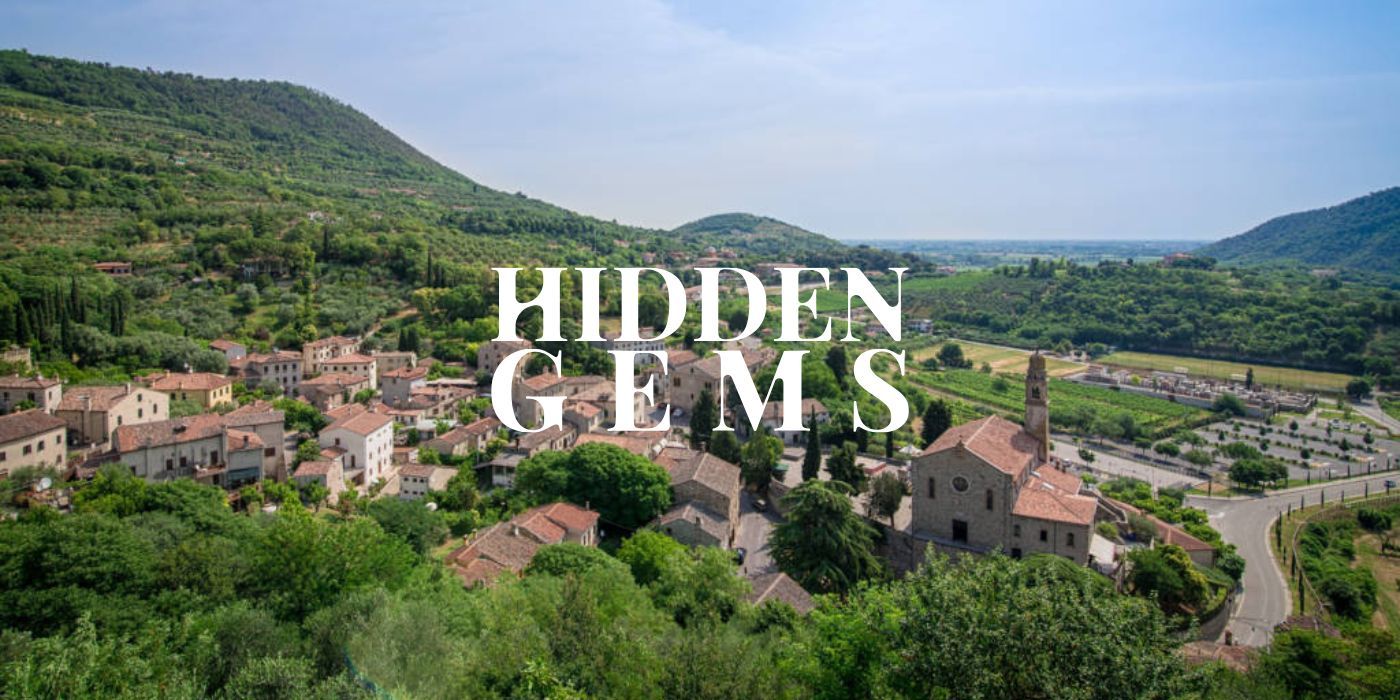
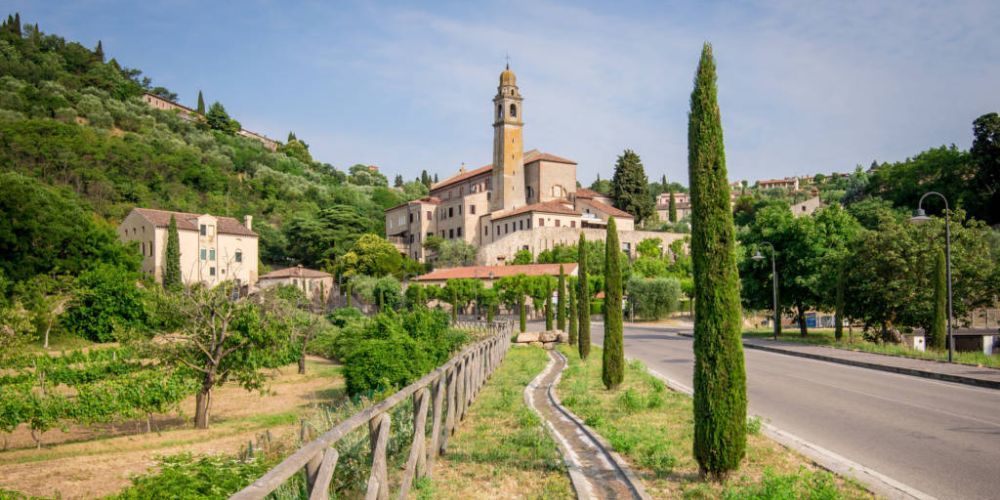
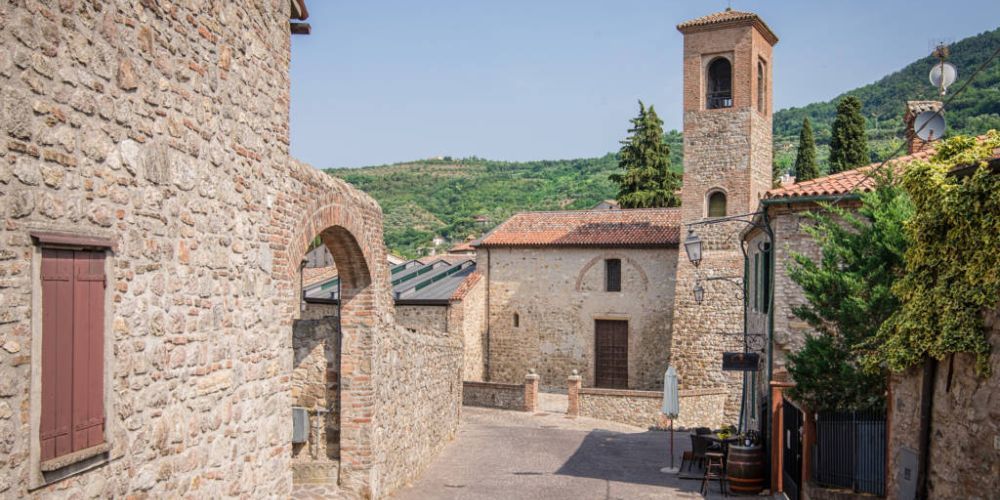
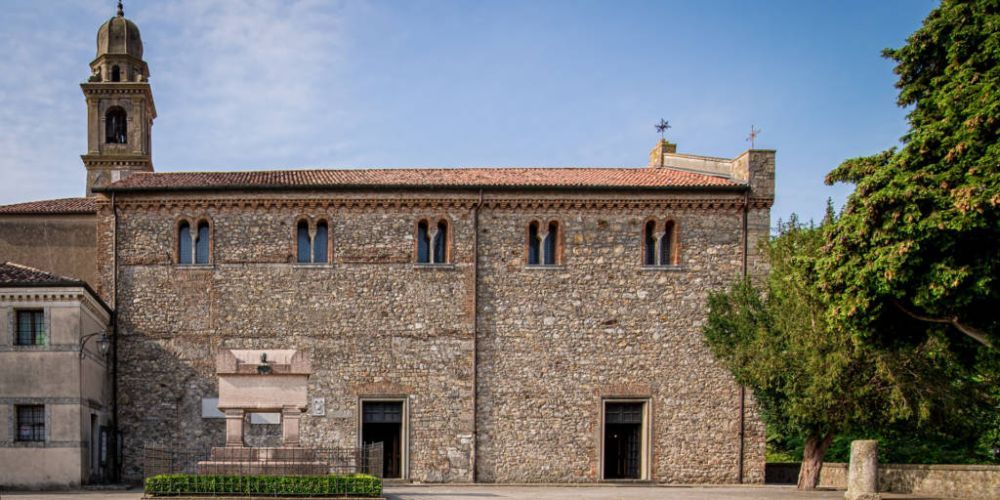

Elisa Borgato
Let's discover what to see and do in Arquà Petrarca, the picturesque village embraced by the Euganean Hills.